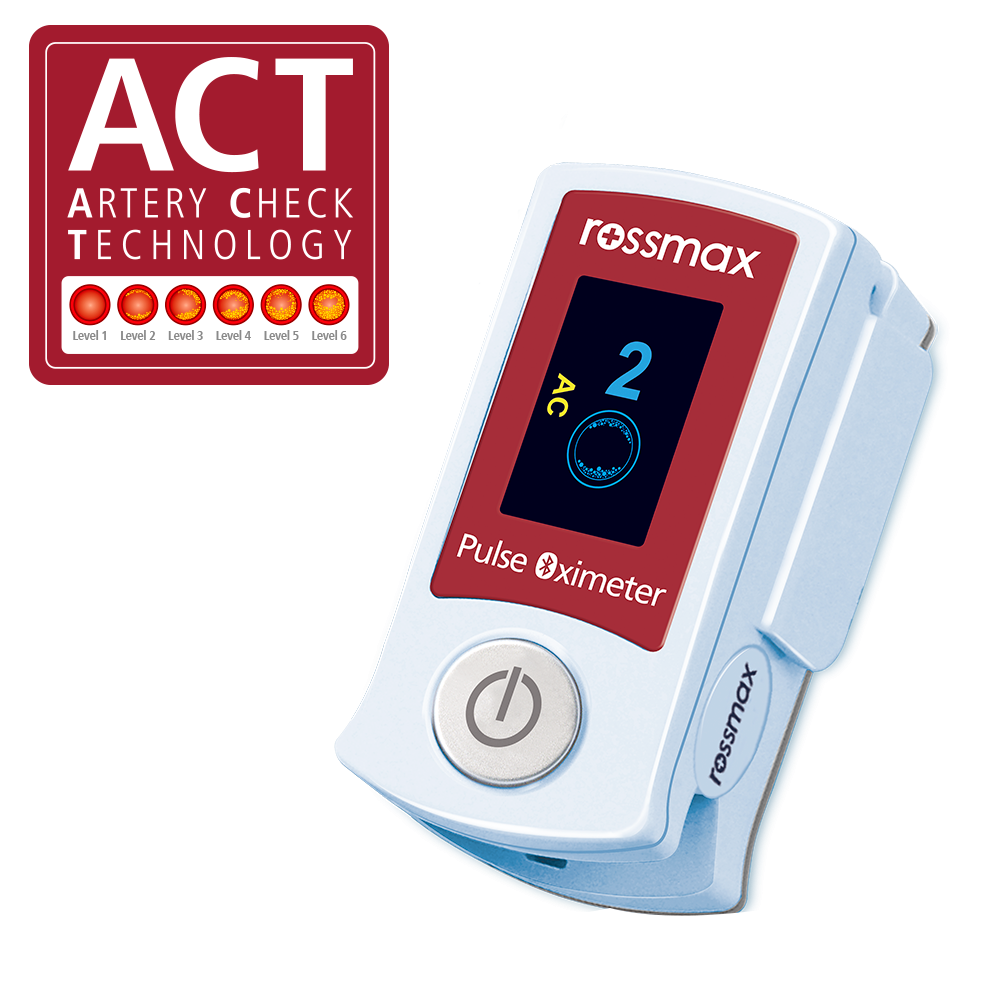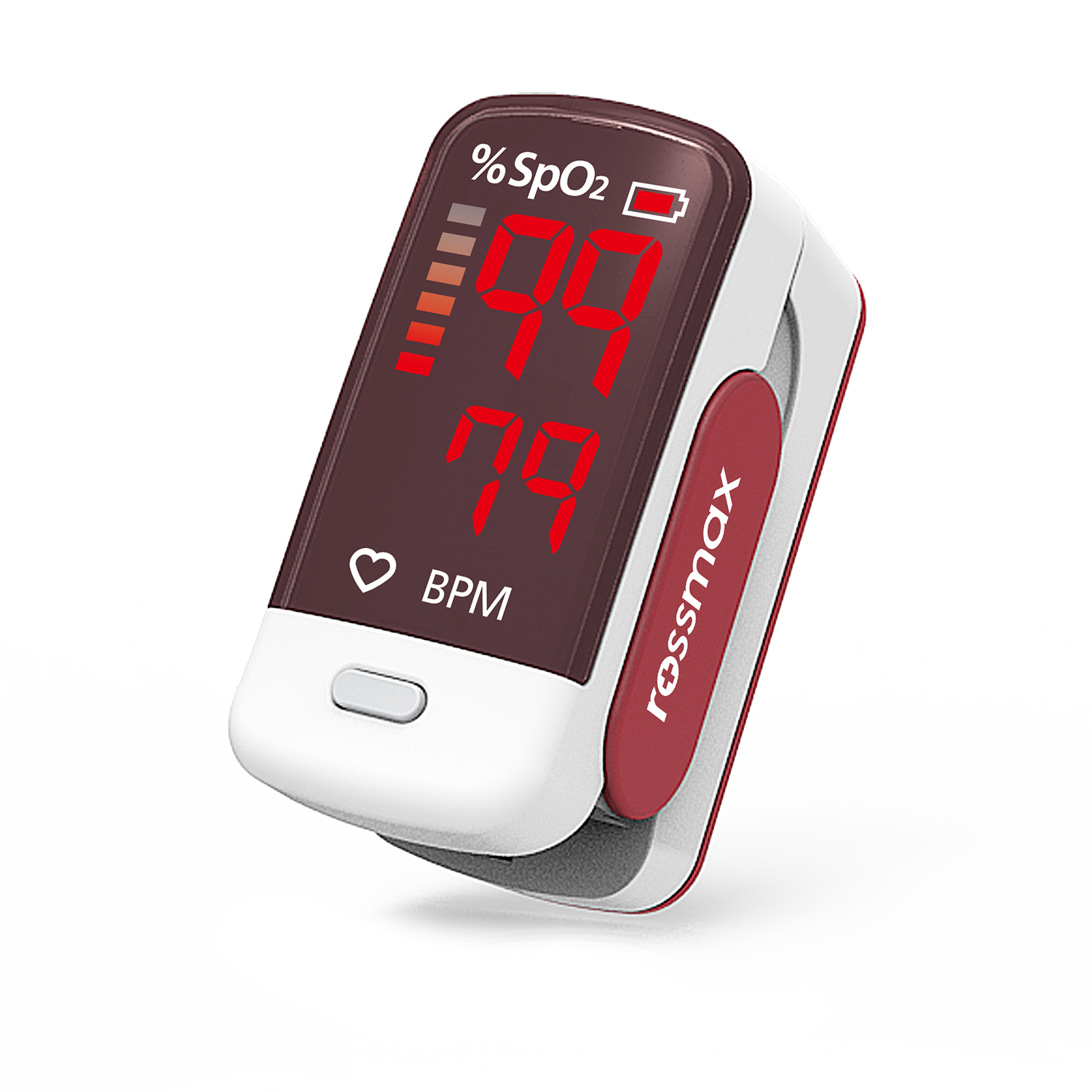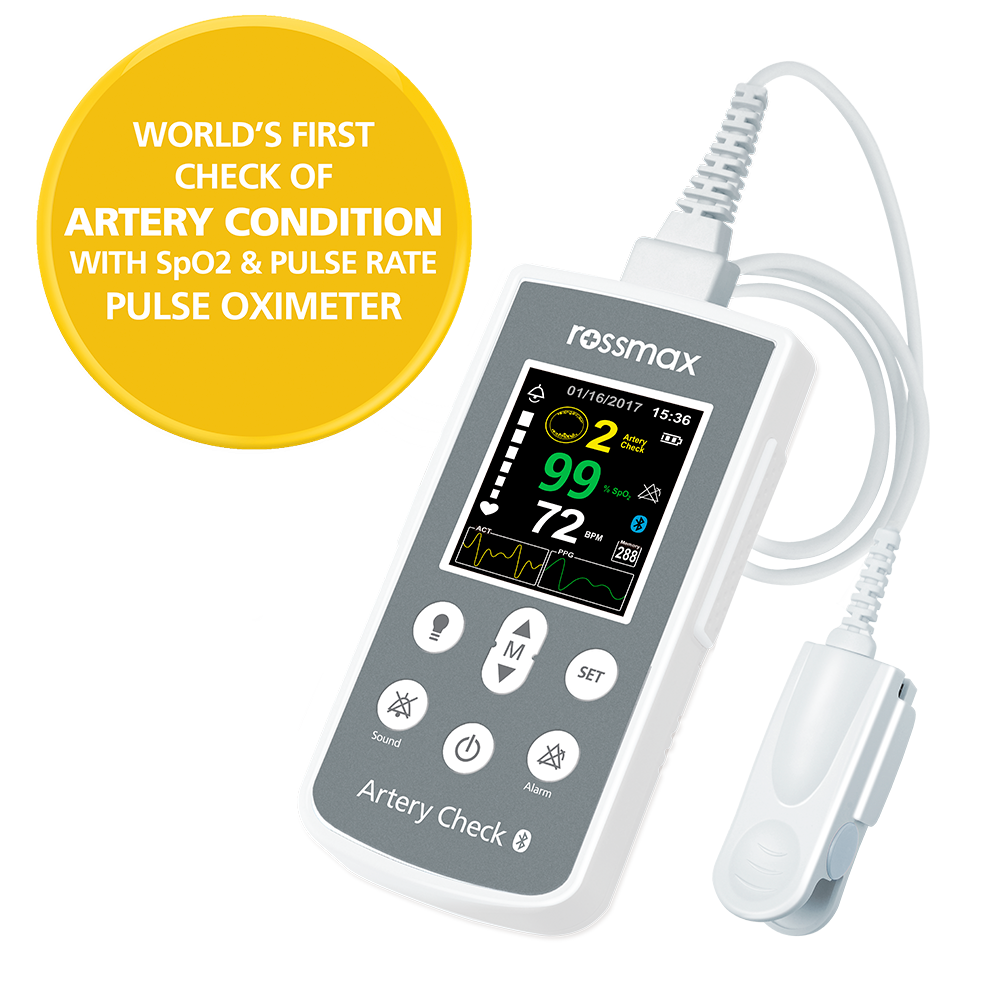Pulse Oximeter Measurements
Everything you need to know about pulse oximeter readings
Pulse Oximeter Measurements - Why, When & How
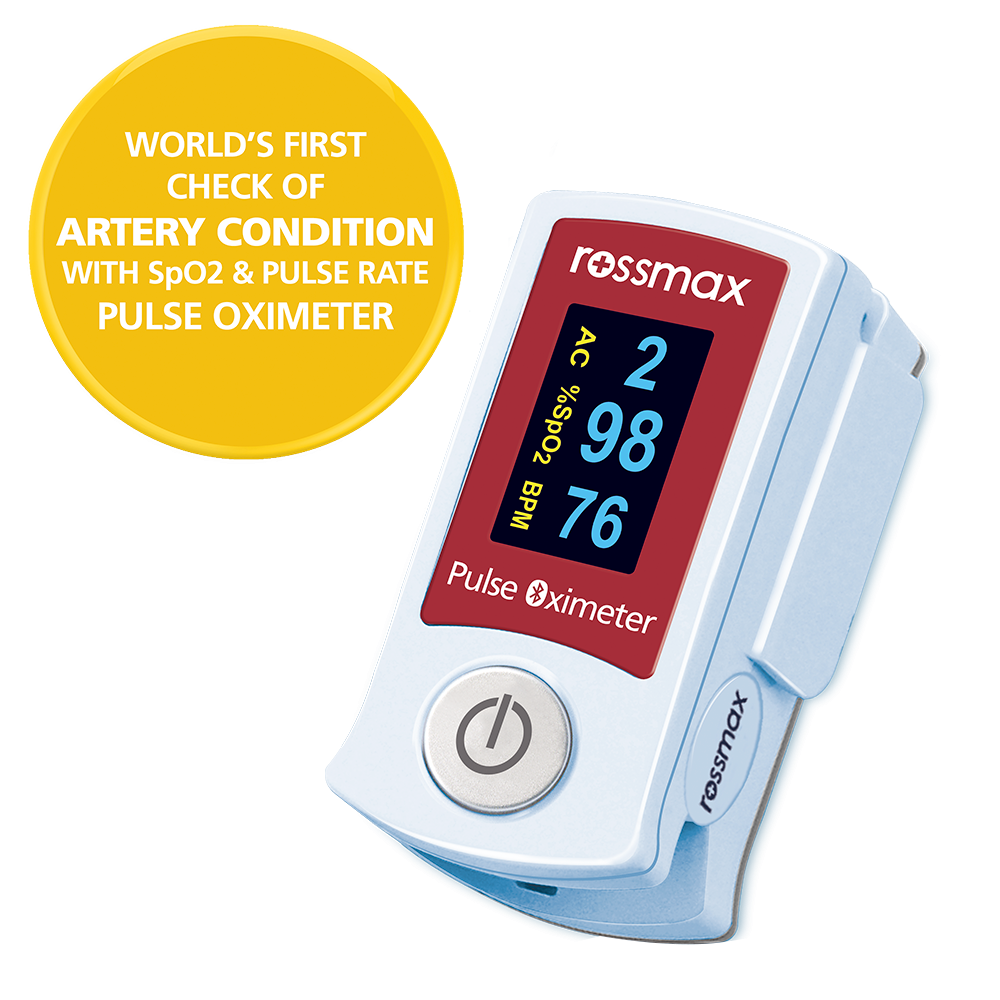
Rossmax SB210 Fingertip Pulse Oximeter
#checkhealthathome
What is oxygen saturation in blood?
Types of Pulse Oximeters
Keep track of your oxigen levels
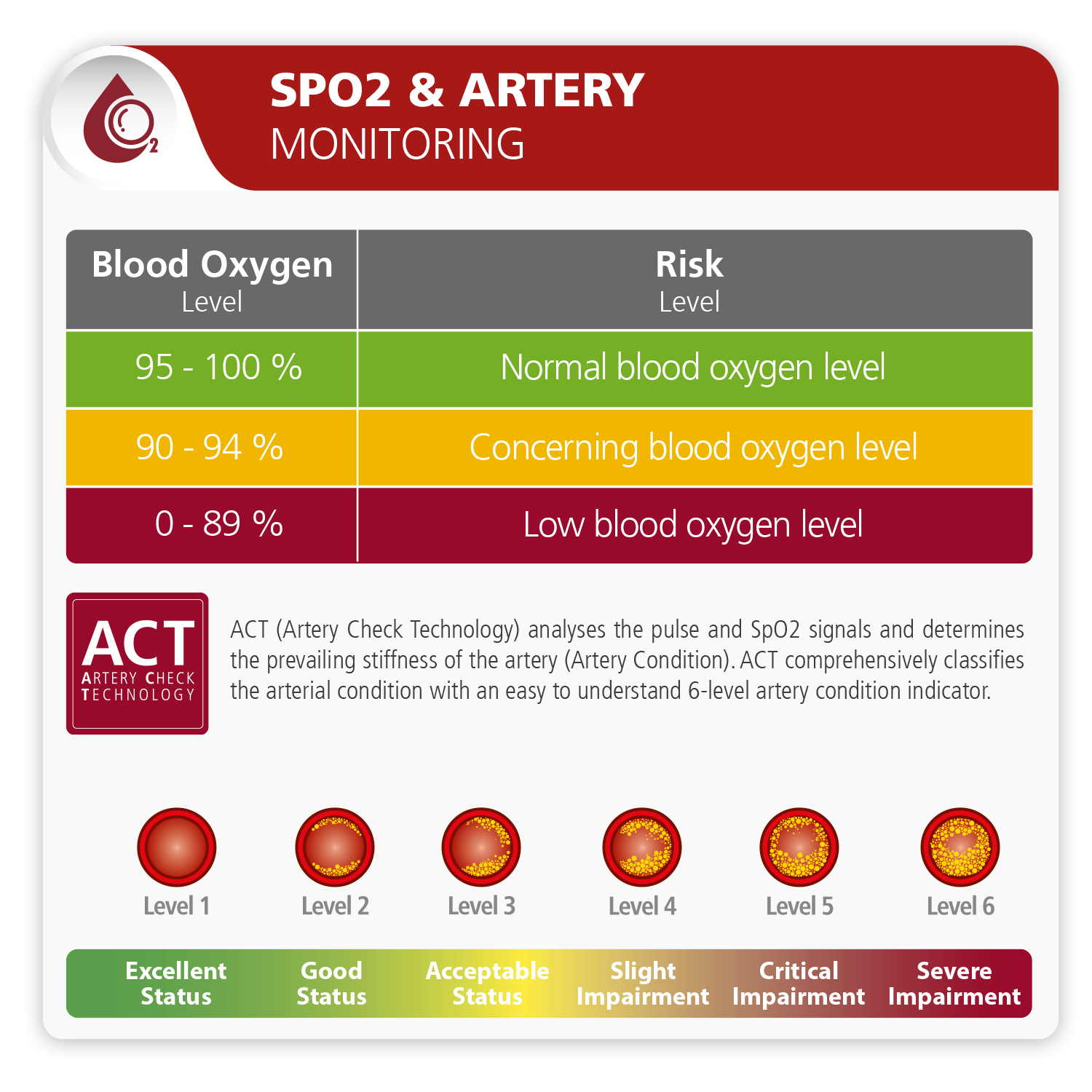
Monitoring your arterial constriction condition with Rossmax ACT-embedded Pulse Oximeter allows an early risk assessment for wide-spread clinical cardiovascular disorders.
By this non-invasive technique both, the progression as well as the actual status of pathological arterial perfusion is recognized. In addition, Rossmax offers the PARR Technology for Blood Pressure Monitors, which is a world unique stroke screening technology by distinction of pulse arrhythmia. Together with ACT Rossmax offers the total solution to monitor your health and evaluate most severe risk factors. Artery condition is associated with the potential presence of the following diseases:
-
Arteriosclerosis
-
Peripheral circulation disorder
-
A wide range of cardiovascular diseases

A pulse oximeter is easy to use and is therefore often used in hospitals and healthcare institutions.
Home use has become increasingly important since the start of the COVID-19 pandemic. Put your finger inside the meter, press the on-off button and monitor your results directly on the screen! Here we have some tips for you for an accurate pulse oximeter reading:
-
Rub your hands before measuring your oxygen level, especially if you have cold hands.
-
Do not use nail polish or artificial nails when measuring your saturation.
-
Always put your left middle finger deep enough into the pulse oximeter so that it can detect your finger.
-
Hold the oximeter at chest height for the most accurate result.

